Using MinIO for YugabyteDB Backup and Restore
YugabyteDB offers multiple options for backup and restore. This blog specifically focuses on using MinIO – a simple and hassle-free option.
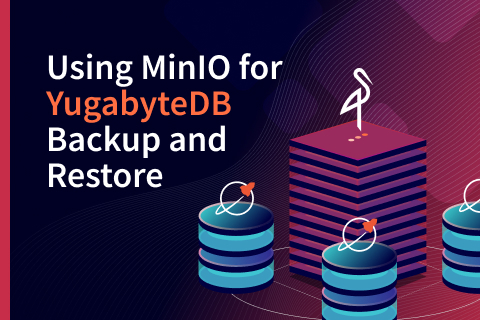
YugabyteDB offers multiple options for backup and restore. This blog specifically focuses on using MinIO – a simple and hassle-free option.
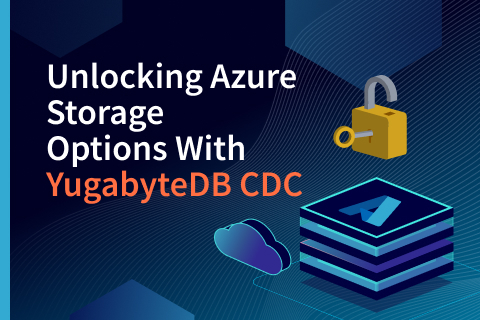
In this blog, we explore how to transfer and process data from YugabyteDB (YBDB) to Azure Blob Storage or Azure Data Lake Storage using Azure EventHub through YBDB’s Change Data Capture (CDC) feature.
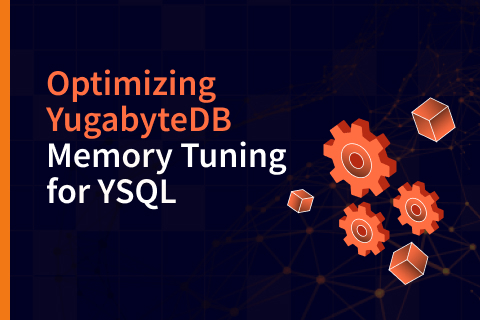
Want to know how to optimize YugabyteDB memory tuning for YSQL?
This blog provides an overview of each of the memory utilization buckets and offers best practice considerations for tuning memory with a YSQL workload.
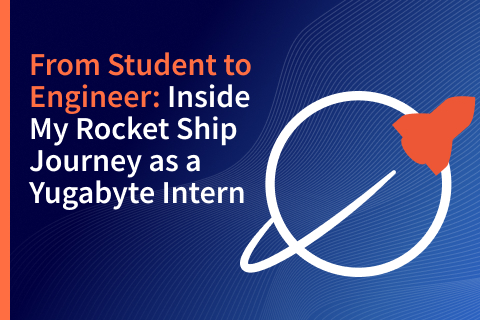
Discover Niyati Sinha’s journey from student to Yugabyte engineer in her own words.
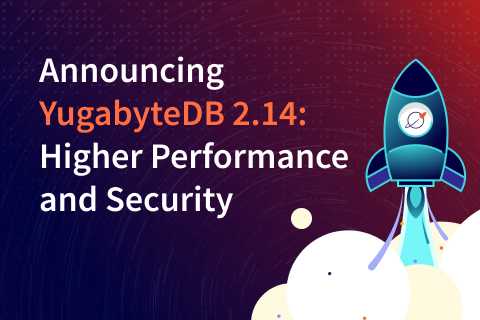
Our team continues to deliver new innovations, so we are excited to announce our latest stable release—YugabyteDB 2.14, which delivers higher performance, security and YugabyteDB Anywhere enhancements.
YugabyteDB is quickly becoming the cloud native relational database for the world’s most demanding enterprises, driving data-driven innovation in the face of growth, uncertainty, and change.
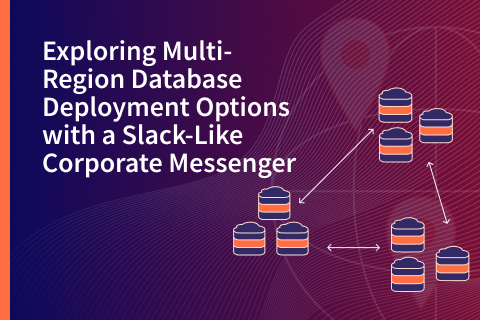
This blog post explores the most popular multi-region database deployment options by designing a data layer for a Slack-like corporate messenger.
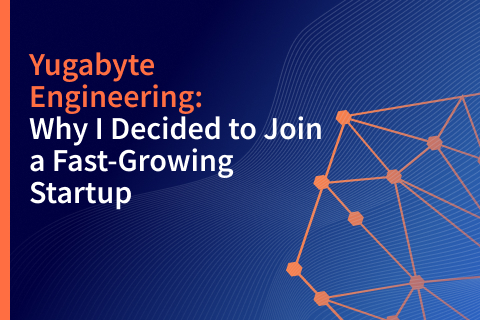
Hello. I’m Sahith, a Yugabyte engineering intern. I’m a 2022 Computer Science Engineer graduate from PES University in Bangalore who loves to solve problems with code. I also recently decided to join Yugabyte in a full-time engineering role. And lucky for me, this turned out to be one of the best decisions I’ve made.
However, before joining the company full time, I wanted to share some takeaways from my internship experience.
…
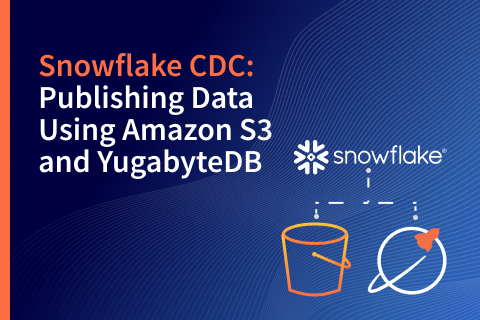
In this blog, we explore how to stream data from YugabyteDB’s Change Data Capture (CDC) feature to Snowflake through Amazon S3.
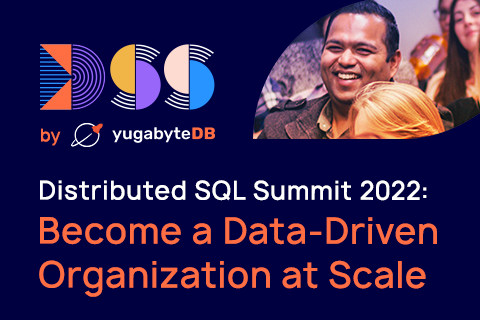
We are excited to announce that registration is now open for our fourth annual Distributed SQL Summit (DSS) 2022 on September 14th.
This virtual event will be our biggest global event to date. Additionally, a series of in-person DSS days around the world will follow this event.
The Distributed SQL Summit 2022 brings together the Distributed SQL community, customers, partners, and industry thought leaders. The goal of the event is to explore the challenges and opportunities of database modernization and transformation.
…
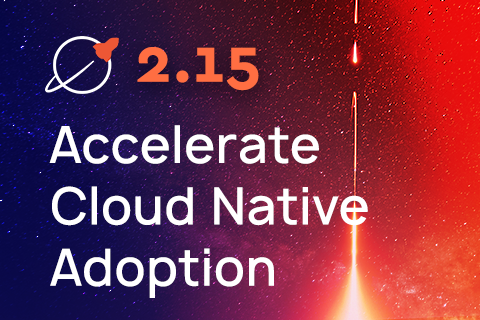
We are excited to reveal YugabyteDB Voyager and release the beta version of this new tool. We are looking forward to continuing to enhance the offering, add new features, and deliver key services around it in partnership with the Yugabyte Customer Success team.
Read the blog for more details about YugabyteDB Voyager.